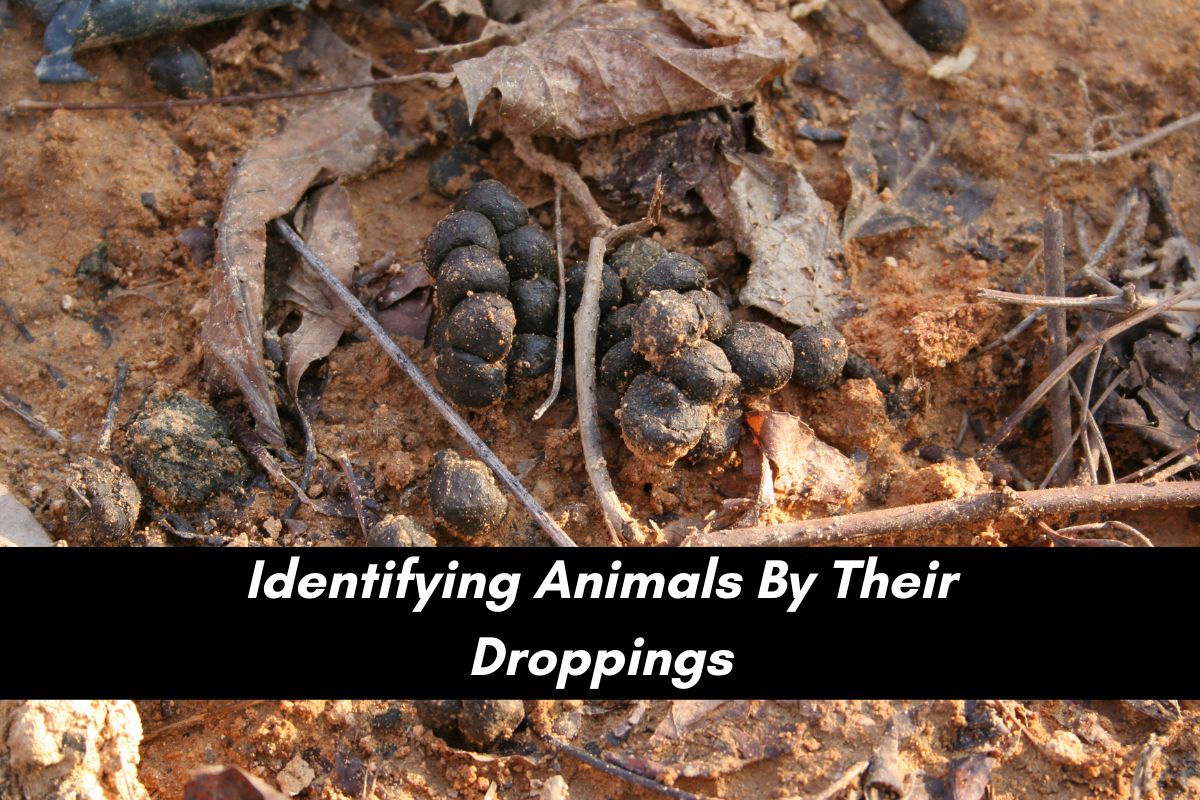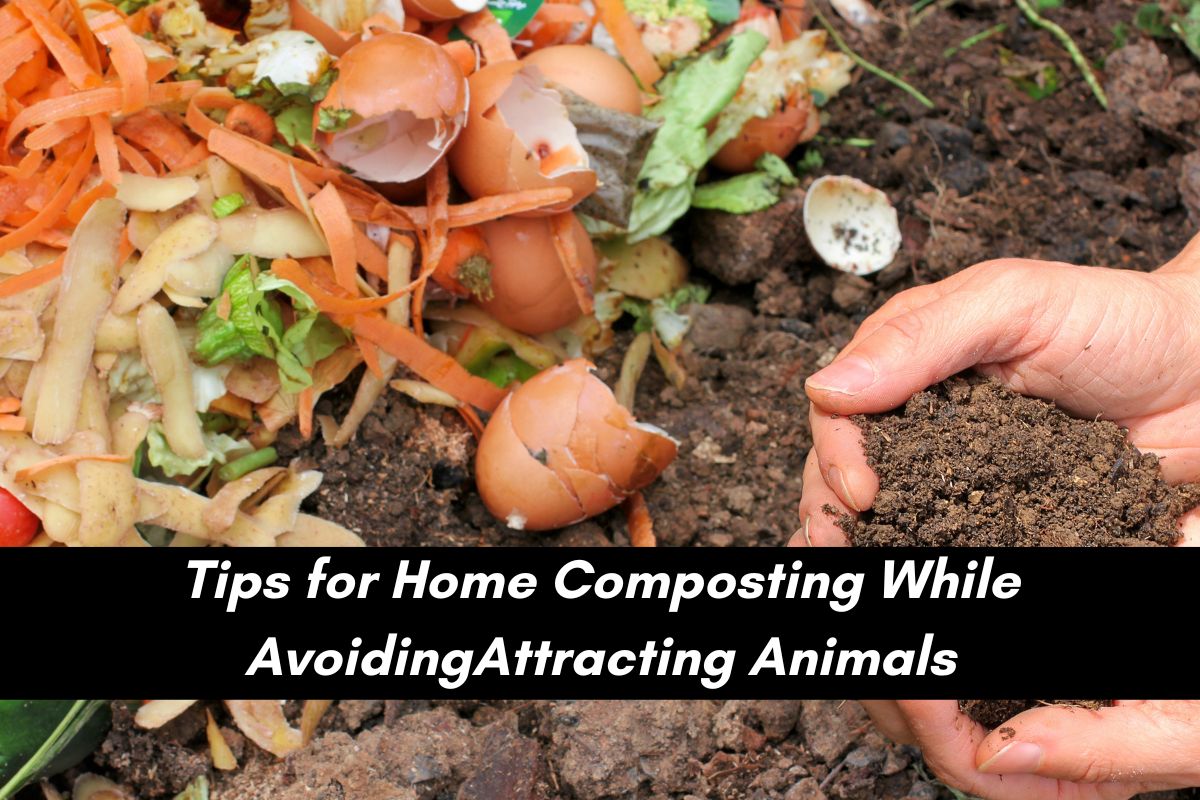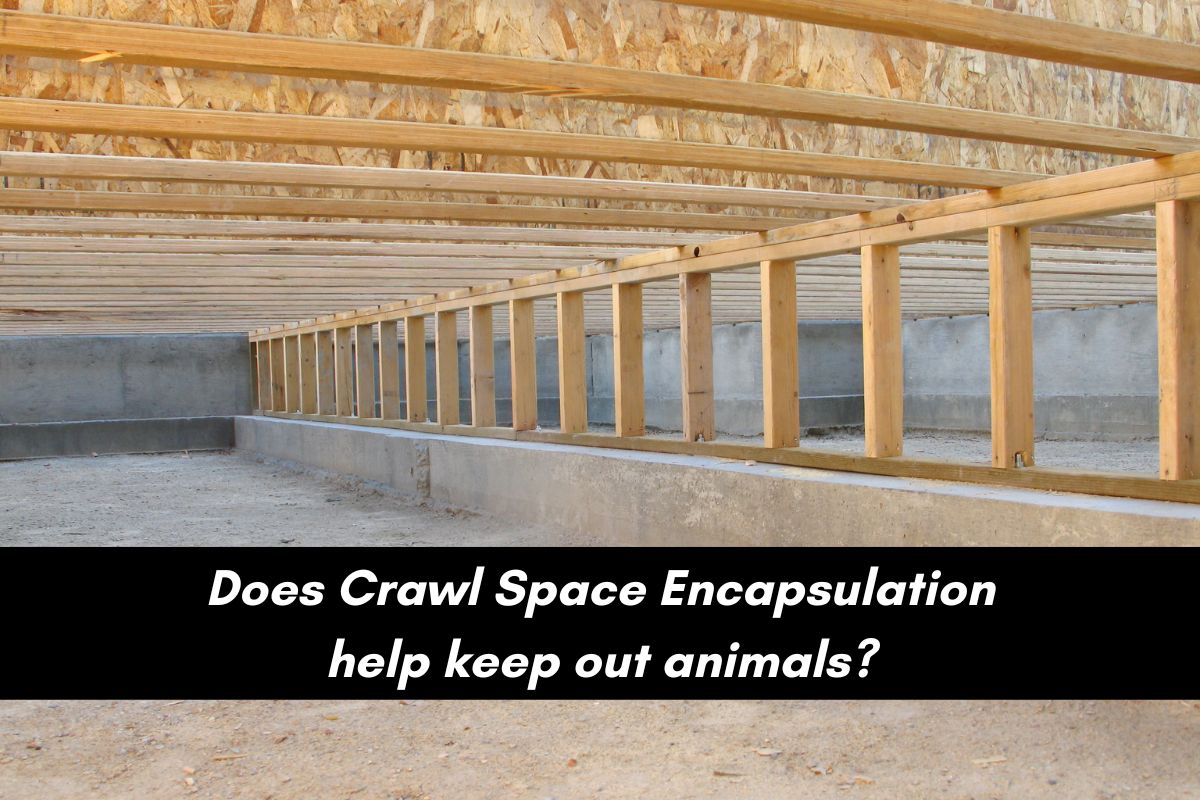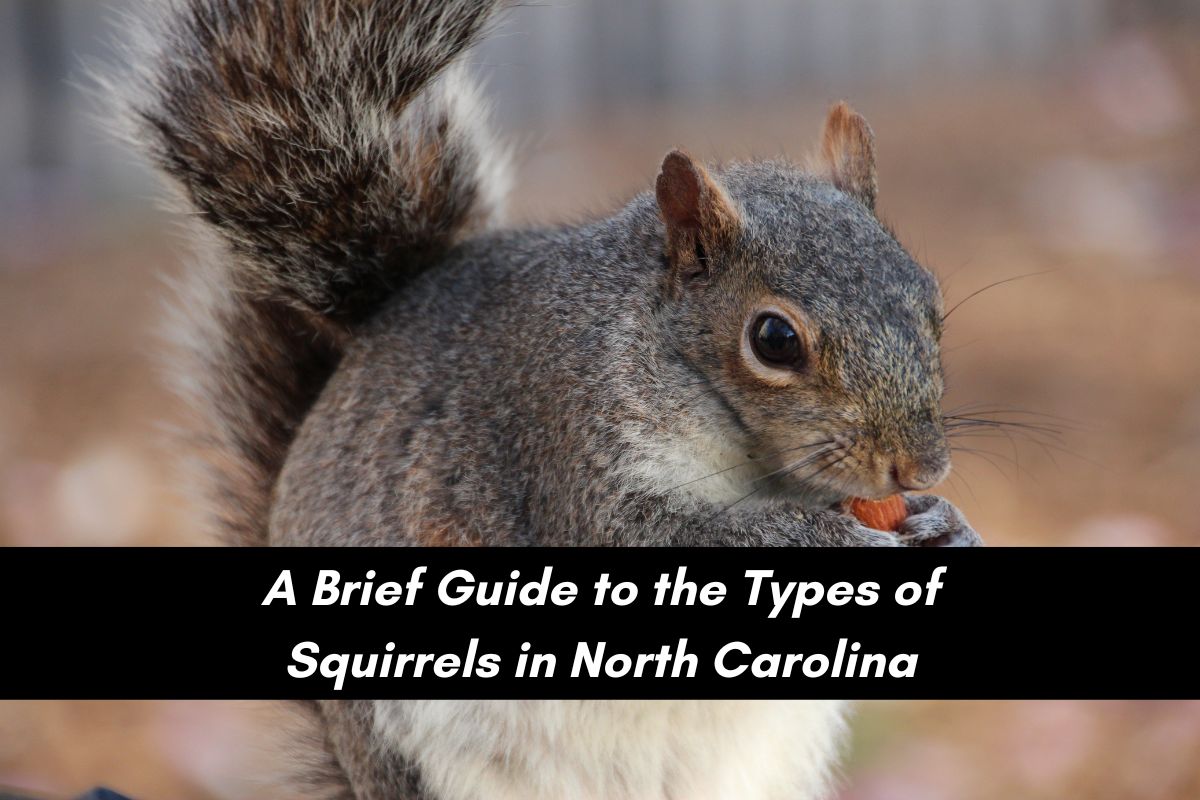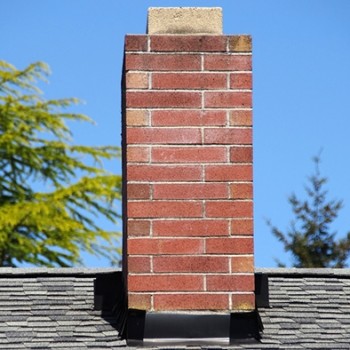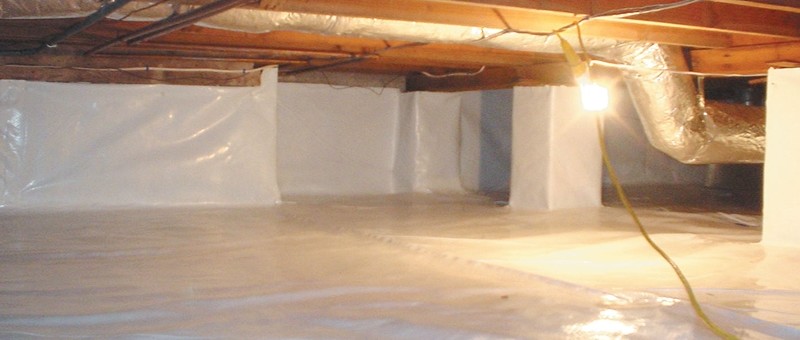
What’s in Your Crawl Space During Winter?
- Posted by Lance
- On December 11, 2015
- 0 Comments
What’s in Your Crawl Space During Winter?
If you have a crawl space, you might also have critters looking to make a home there during the cold months.
Why Have a Crawl Space?
Houses are usually built either on a concrete slab, with a basement (either in ground or above ground) or with a crawl space. In the warmer climates, like the Carolinas, a common choice is the crawl space, which allows the home to be raised off the ground, most often on top of cinder block. This keeps areas that are damp or prone to pests such as termites, away from the house, safe from damage that can occur at ground level, and it is less expensive than a basement.
Plumbing and duct work can be run through the crawlspace, providing easy access if either needs to be serviced.
But this slightly raised area is inviting for animals to use as shelter. Because crawl spaces are dark and low to the ground, most homeowners don’t visit them often—which means critters can live in them undetected—especially when animals seek shelter in winter.
Animals in Your Crawl Space
When wildlife, such as mice, or opossums, gets into your crawl space, they can do a lot of damage. They leave droppings that could cause diseases; they can chew through that plumbing, ductwork and even wood, damaging the structural integrity of the home. Their presence can attract additional animals in search of prey (like snakes looking for mice.) Additionally, animals that die in your crawl space create an unpleasant odor and an even more unpleasant task of cleanup for the homeowner.
Getting Rid of Critters in Your Crawl Space
If you notice signs of an animal in your crawl space—chewed material, droppings, scurrying noises—it’s essential to figure out how the critter entered. Crawl spaces may have open vents, gaps in the cinder blocks, areas of weakened or rotted wood, or gaps in the door frame that allow animals to work their way in. Many animals only need a small opening to squeeze through. Mice, for example can fit through a hole the size of a dime.
Consider using bright lights, loud noises or pungent smells (like a bowl of cider vinegar) to encourage animals to leave the crawl space. Once the animals are out, you will want keep them from coming back in by having the rotted wood replaced, and using steel mesh or lattice to create a barrier for wide–open spaces.
The best way to keep your crawl space critter free is to keep animals from nesting there in the first place. At Critter Control of the Triangle, we can help you assess your crawl space and determine if it is vulnerable to animals. If we find any issues, we can provide you with a solution to keep those critters out. When we inspect your crawl space we will also look for other problems like energy leaks, fire hazards and flooding or excess moisture. In summary, we remove the critters, clean up the mess and repair the space to ensure you and your family are safe from harm.
For more information, please call Critter Control of the Triangle at 1-800-CRITTER or 919-382-0651 in Raleigh, Durham, Apex, Cary and Morrisville, NC.




